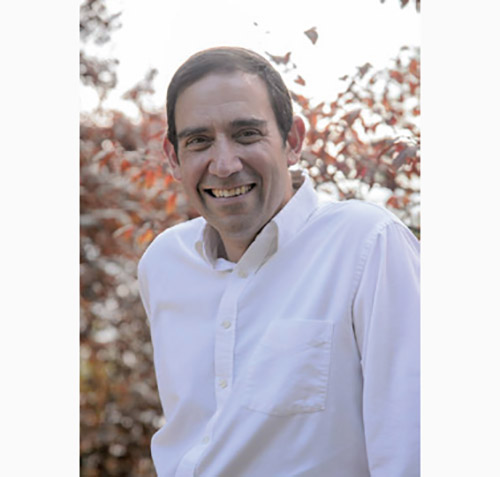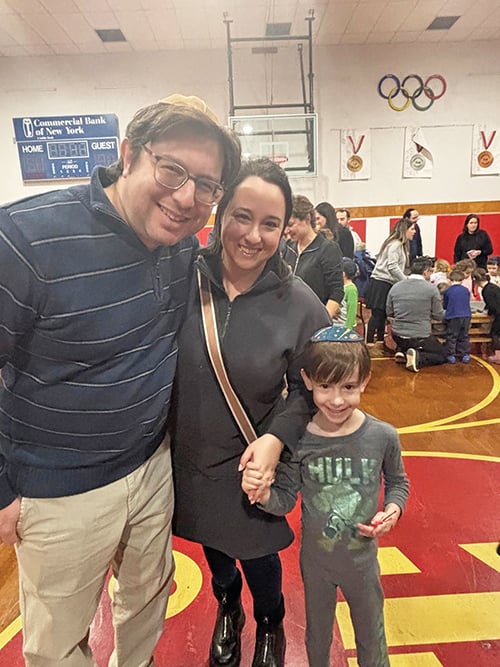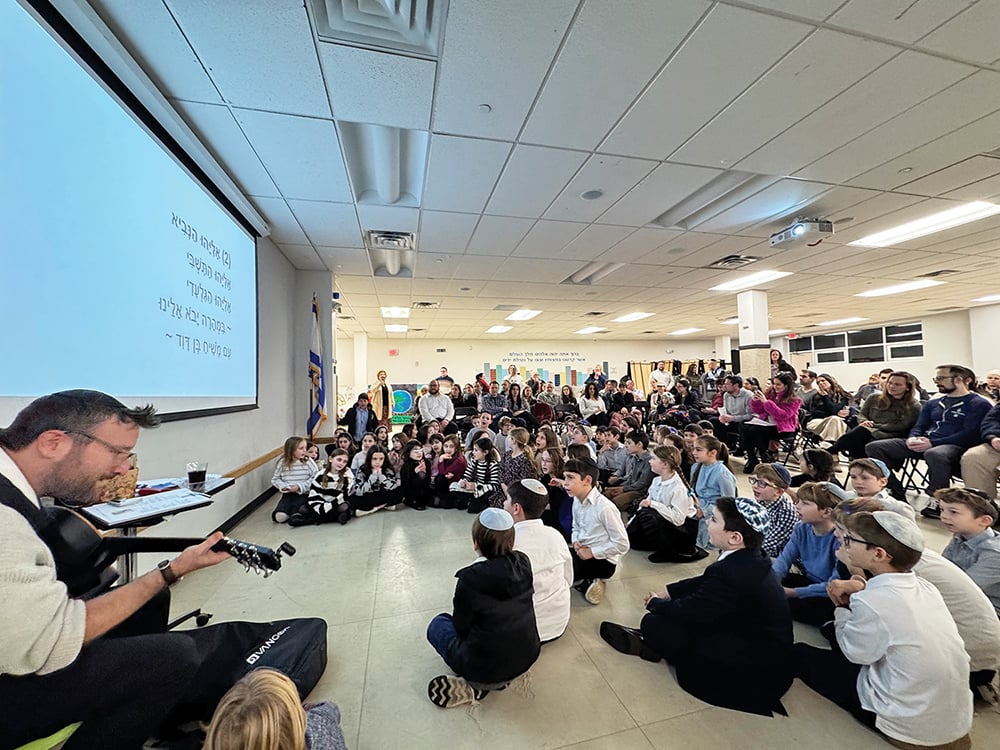
Torah is eternal and exists outside of time and outside of space. For this reason Torah was delivered in a barren desert landscape, without a clear date tagging this event. The word of Hashem is incumbent upon us regardless of where we live or when we live.
Yet the epic events of Har Sinai were reenacted upon our arrival in Israel. The basic precepts of the Torah were enunciated upon the two mountains of Har Gerizim and Har Eival—in a manner that mirrored Har Sinai. Entering Israel without recreating Har Sinai and reinforcing its fundamentals is inconceivable. Our presence in Israel is mandated by our acceptance of Torah and our willingness to broadcast Divine Presence from this land. At these two mountains—echoing Har Sinai—mitzvot were engraved upon stone, sacrifices were offered and a festive meal ensued. Prior to entering our home, the warrant for our residence must be reaffirmed and an “Israeli” Har Sinai must be staged.
However, the Israeli Har Sinai was dramatically different from the desert ceremony. At Har Sinai the Jews were completely passive—attentively listening and embracing Hashem’s instructions but completely reactive. The pyrotechnics were so fearsome, that by some accounts the Jews even fled the scene only to be forcibly retrieved by Moshe. On that desert morning only one voice was to be heard—and it emanated from Heaven and descended upon mankind.
By contrast, at the Israeli Har Sinai, Torah is presented by a human audience: six tribes ascended one mountain while the remaining population ascended the second cliff. A faction of Levites stood in the valley between sounding each mitzvah. In response, the respective groups upon the highlands responded with “Amen.” Further accentuating the human role, the Israeli version of the Luchot were inscribed by humans and not by the Divine hand. There is a distinctly human tone to the Israeli Har Sinai. Indeed, Torah preceded Creation by 2,000 years, yet it must be applied by humans to daily life and to a sometimes unaccommodating world. Nowhere is this application more challenging and all-inclusive than in the Land of Israel. When directing the broad affairs of state we cannot shrink Torah to the protective horizons of the beit midrash. Torah’s spirit and law must be infused in every feature of human and national experience. This expansive application of Torah —unique to living in Israel—was symbolized at these two mountains by empowering human beings during the Israeli Har Sinai.
In this vein, the ceremony at the Israeli Har Sinai concluded with an appeal to uphold the “entirety” of Torah (arur asher lo yakim et divrei haTorah hazot). This general mandate—missing at the original Har Sinai—reminded us that upon entering we now possessed lateral responsibility for other Jews; kol Yisrael areivim zeh lazeh began upon entering Israel and forging a community. Our lateral accountability for every Jew exists outside of Israel but is primarily implemented on a personal basis—promoting individual religious experience for other Jews. In Israel we adopt more of a communal areivut—concerning the religious spirit of cities, communities and their respective infrastructures. The religious nature of our armed forces, Shabbat environments in hospitals and creating a moral society is equally pressing to the question of how much Torah is being studied in the beit midrash.
A second difference between the original Sinai and the Israeli version surrounded the paint or plaster (sid) applied to the stones before the mitzvot were engraved. The desert luchot were bare and unadorned, reflecting the meager nature of life in the desert. Under these scant but supernatural conditions, Torah commitment is relatively straightforward and uncomplicated. However, as the desert migrants transition into comfortable homeowners, will their devotion waver? Can Torah be engraved upon appealing and decorated stones in the same manner that it can be sketched upon bare desert tablets? Baruch Hashem, as our country experiences unprecedented material growth we are challenged to maintain our idealism, in general, and our Torah intensity in particular. It appears as if we have generally succeeded in this challenge and this important transition. It is clear that our staunch commitment to both Torah and our land remain vigorous even as we transition into this great success, b’ezrat Hashem.
One final “feature” of the Israeli Har Sinai is striking: two mountains were selected in place of one. As the Jews stood between the two mountains embracing Torah, they couldn’t help but remember their ancestor, Avraham, passing between two animals flanks at the Brit bein Habetarim—the covenant between the animal rounds. Stationed at the Israeli Har Sinai in between two mountain cliffs, our imaginations returned to the genesis of Jewish history. Receiving the Torah at Sinai and entering Israel cannot be severed from events that had occurred 400 years earlier and cannot be disconnected from the heroism of our ancestors who may not have received the actual Torah but lived its principles while struggling to establish our presence in Israel. In fact, it is odd that this Sinai reenactment occurred to the North (probably in the general vicinity of Shechem) at a considerable distance from Yerushalayim. By passing through a northern corridor the Jews were also reenacting Avraham’s original entry to Israel—during which he journeyed through northern Israel in a southerly direction. As powerful and formative as the events at Har Sinai were, they must be framed as a culmination of great devotion displayed hundreds of years earlier. As we baruch Hashem advance our modern state we must always sense the historical warrant to our presence. This was a land awarded to our ancestors who labored against great resistance to gain a footing in Israel. We have the great merit to realize their dreams and embody their prophecies and visions.
To summarize: the first entry into Israel was necessarily preceded by a recreation of Har Sinai to reinforce our rights and our warrant to reside in Israel. Unlike Har Sinai, however, the Israeli version empowered humans as a manner of underscoring the challenges awaiting life in Israel and the struggle to apply Torah to every precinct of human experience. Secondly, the bare tablets were replaced with polished stone to showcase the challenge of maintaining devotion and discipline even as material wealth is achieved. Finally, two mountains in the north were selected to reenact the original northern arrival of Avraham and the subsequent covenant of Jewish history during Brit bein Habetarim. Our warrant for Israel isn’t just the Torah delivered at Sinai, but the devotion of our ancestors narrated in Sefer Bereishit.
By Moshe Taragin
Rabbi Moshe Taragin is a rebbe at Yeshivat Har Etzion located in Gush Etzion, where he resides.













